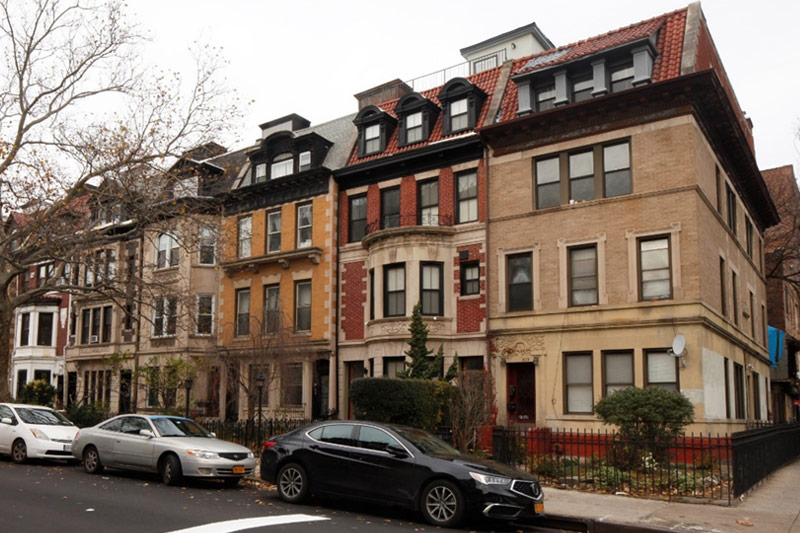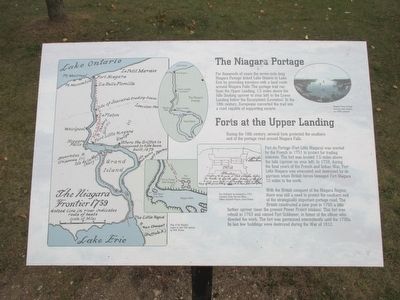Welcome to Melrose Historic District in East Windsor, Connecticut, a charming village with roots reaching back to the 18th century. Known for its agrarian past, Melrose was initially settled in the 1700s and became a thriving agricultural community by the 19th century. The area is recognized as a historic district, preserving over 250 acres of farmland, period farmhouses, and other significant structures.
The settlement of Melrose began with Scots and Irish settlers, earning it the early nickname ‘Irish Row.’ These early inhabitants contributed to the area’s development by engaging in subsistence farming, which later evolved into more commercial ventures with tobacco becoming a major cash crop in the 19th century. Melrose’s agricultural legacy is evident in the numerous barns and farm outbuildings that dot the landscape, many of which date back to the late 19th and early 20th centuries.
Among the notable structures in Melrose is the district schoolhouse, which was built in 1850. This schoolhouse served the educational needs of the community until 1938, after which it was transformed into a library, reflecting the village’s adaptive use of historical buildings. Another interesting site is the remnants of a small distillery located on the banks of Broad Brook, marking the industrial endeavors that once complemented Melrose’s farming activities.
Melrose is more than just a collection of historic buildings; it represents a way of life that has remained largely unchanged since the 19th century. The layout of the village, with homes set close to the road and agricultural lands spreading out behind them, captures the essence of its agrarian origins. The village has managed to preserve its historical character while adapting to modern needs, making it a living testament to Connecticut’s rich rural heritage.



